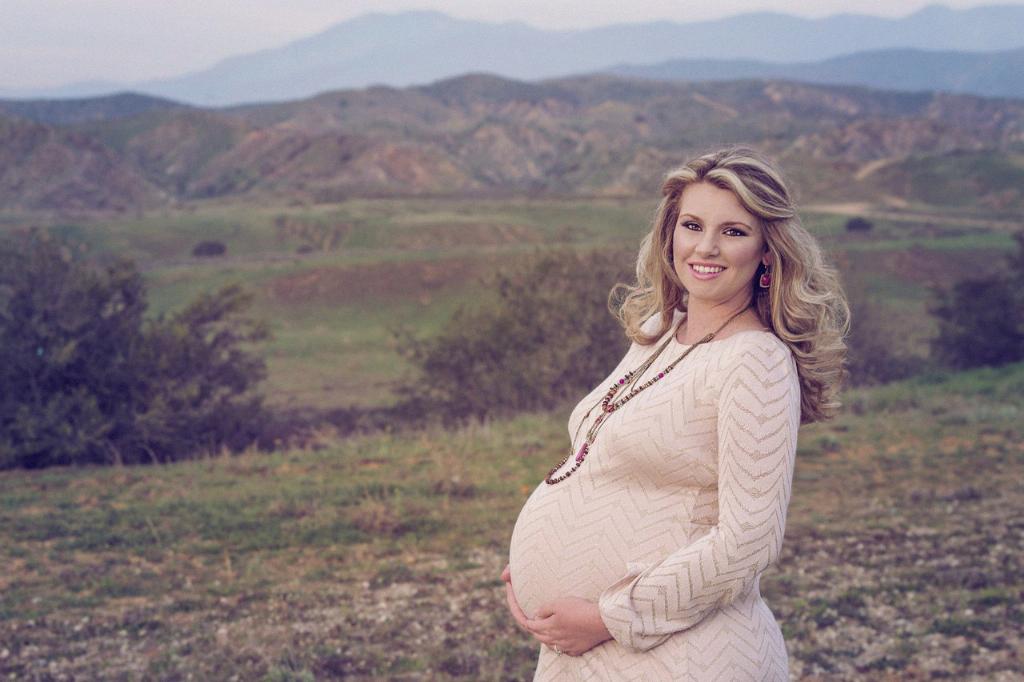Early pregnancy brings about a multitude of changes in a woman’s body, some of which might not be immediately noticeable. One of these changes that often takes center stage are the transformations that occur in the areolas and nipples.
As pregnancy progresses, many women notice that their nipples begin to grow and become more pronounced. This is a common occurrence attributed to the hormonal fluctuations happening in the body, particularly the increase in progesterone levels.
Dr. Minkin highlights that the areola, the area around the nipple, also undergoes significant alterations during early pregnancy. It tends to enlarge in size and darken in color, which can be attributed to the surge in progesterone levels, a hormone crucial for maintaining pregnancy.
The darkening of the areolas is often referred to as “circular pigmented areas” and is a common symptom experienced by many pregnant individuals. The shift in color can vary from woman to woman, with some noticing a lightening of their areolas, while others experiencing a deepening in hue.
Additionally, along with the increase in size and darkening of the areolas, many women also report a change in texture. The areolas might become rougher or more bumpy during early pregnancy, which is again attributed to the hormonal changes occurring within the body.
Furthermore, another noticeable transformation that takes place in the areolas during early pregnancy is the development of Montgomery tubercles. These small raised bumps on the areolas are sebaceous glands that secrete oils to keep the nipples lubricated and protected.
It is essential to understand that the changes in the areolas during early pregnancy are entirely natural and occur as a result of the body preparing for the journey of pregnancy and eventual breastfeeding. These alterations signify the body’s readiness to nourish and care for a growing fetus.
While the changes in the areolas can vary in intensity and presentation from person to person, they are generally regarded as a normal part of the pregnancy process. It is crucial for individuals experiencing these transformations to embrace them as a sign of the incredible journey their body is embarking on.
Many women find comfort in connecting with other expectant mothers who are experiencing similar changes in their bodies. Sharing experiences and seeking support can help individuals navigate the uncertainties and marvels of early pregnancy.
It is important to note that while the alterations in the areolas during early pregnancy are predominantly benign, any sudden or severe changes should be brought to the attention of a healthcare provider. Monitoring these shifts can aid in ensuring the well-being of both the mother and the developing fetus.
In conclusion, the changes in the areolas during early pregnancy are a testament to the remarkable adaptations the female body undergoes to accommodate and nurture new life. Embracing these transformations with acceptance and appreciation can enhance the connection to the pregnancy journey and the beautiful changes unfolding within.

